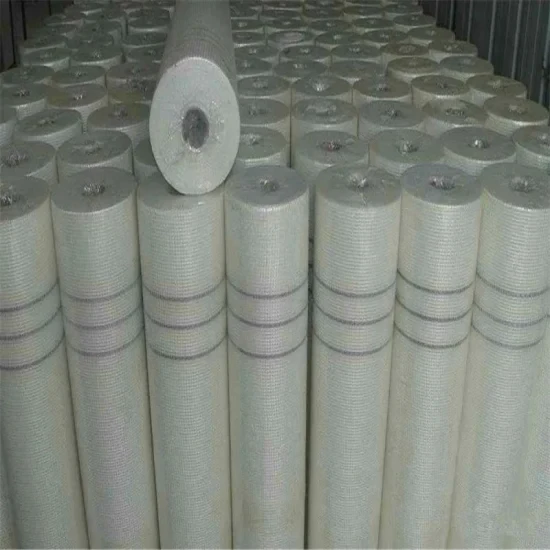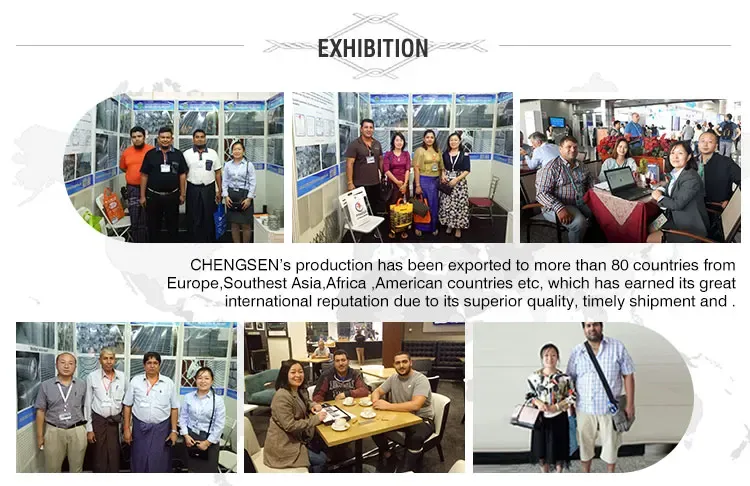Jan . 14, 2025 13:12 Back to list
galvanized grating


Having a solid understanding of the maintenance and longevity of industrial grating is equally essential. Unlike other industrial components that may require regular upkeep, quality gratings are designed for minimal maintenance, resisting the wear and tear of harsh industrial environments. For businesses, this translates to lower maintenance costs and longer intervals between replacements, offering a significant return on investment. As industrial grating products continue to evolve, integrating cutting-edge technologies like computer-aided design (CAD) ensures precision in fabrication and installation, thereby enhancing overall project quality and lifespan. Professionals in this field need to stay informed on regulatory standards and emerging technologies to provide authoritative advice and service to clients. Trust is built through expertise and experience. By engaging a trusted supplier with a proven track record, businesses can ensure that their industrial grating solutions are not only effective but also compliant with current safety and industry standards. Building a partnership with such suppliers facilitates ongoing support and knowledge sharing, further strengthening the client’s operational framework. In summary, industrial grating products are more than just materials in an industrial setting; they are strategic assets that, when used correctly, elevate safety, efficiency, and infrastructure integrity. By leveraging the right expertise, companies can make informed choices that lead to long-term success and innovation.
Latest News
-
Brick Mesh Wall Solutions | Enhanced by GPT-4 Turbo Design
NewsAug.01,2025
-
Premium Anti-Climb Fence Spikes for Sale
NewsAug.01,2025
-
Premium Peach Post Fence | Durable & Stylish Security
NewsJul.31,2025
-
Best Galvanized Grating Price - Durable Galvanized Steel Grating Solutions
NewsJul.30,2025
-
0.5-4.0mm Wire 2×2 4×4 8×8 Hot Dipped Galvanized Welded Mesh Roll
NewsJul.30,2025
-
Metal Fence Pickets for Sale – Durable Galvanized & Steel Options
NewsJul.29,2025
Our company owns has excellent CAD steel grating drawing designers, who can provide customers with perfect steel grating layout design and better meet customers' special requirements for products. We have been adhering to it the business tenet of "quality first, customer first", with high-quality products, reasonable prices, and the fastest delivery time, we wholeheartedly provide customers with a full range of services! Welcome new and old customers to cooperate sincerely and create brilliance together!
Contact Us
WELCOME TO OUR COMPANY!
Thank you for your interest in our services! If you have any questions or wousld like to book a service, please don’t hesitate to contact us. Our team is dedicated to providing you with the highest level of service and support, and we are committed to working with you to make your event a success.

Service Email

Service Phone
Product Center
Contact Us
- Phone: +86 +86 15733154345
- E-mail: sales@chengsenchina.com
- Address: B1213 GLOBAL CENTER, NO.226 ZHONGHUA NORTH STREET, SHIJIAHUANG, CHINA


























